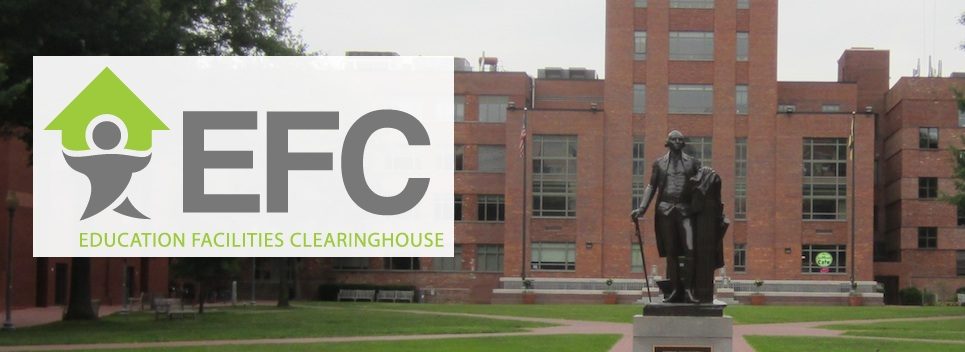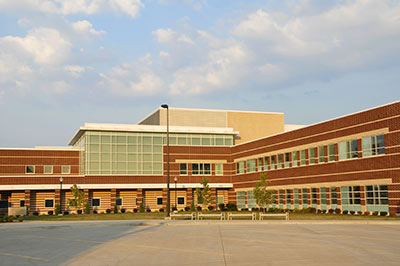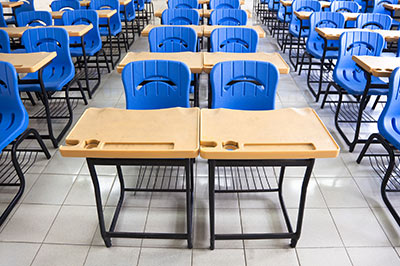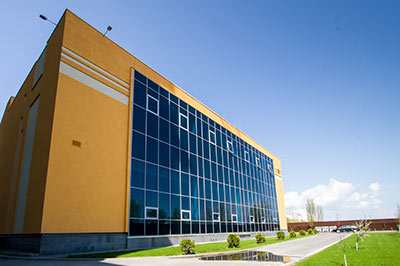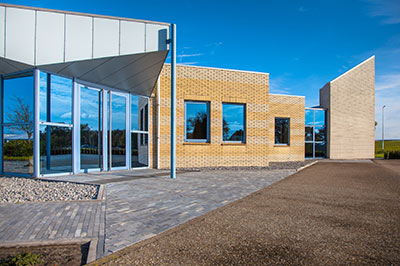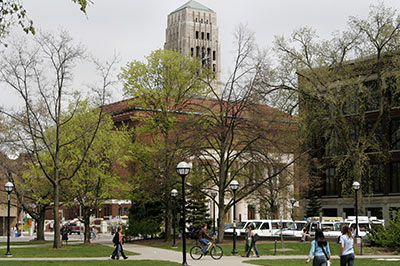O'Sullivan, 2006
This study investigated the relationship between school building conditions and student academic achievement in Pennsylvania’s high schools. Research questions analyzed by step-wise multiple regression were: (a) Is there a relationship between overall school building conditions and student academic achievement in Pennsylvania’s high schools when socio-economic status (SES) is held constant?; (b) Is there a relationship between the cosmetic conditions of school facilities and student academic achievement in Pennsylvania’s high schools when socio-economic status (SES) is held constant?; and (c) Is there a relationship between the structural conditions of school facilities and student academic achievement in Pennsylvania’s high schools when socio-economic status (SES) is held constant?
